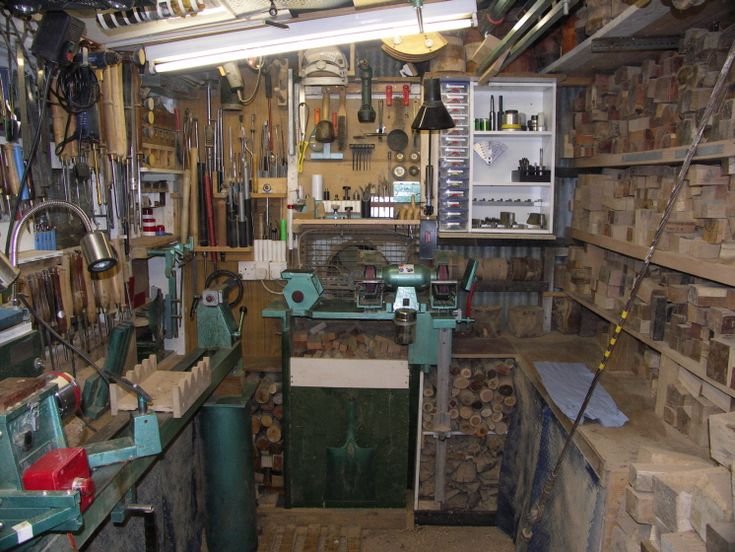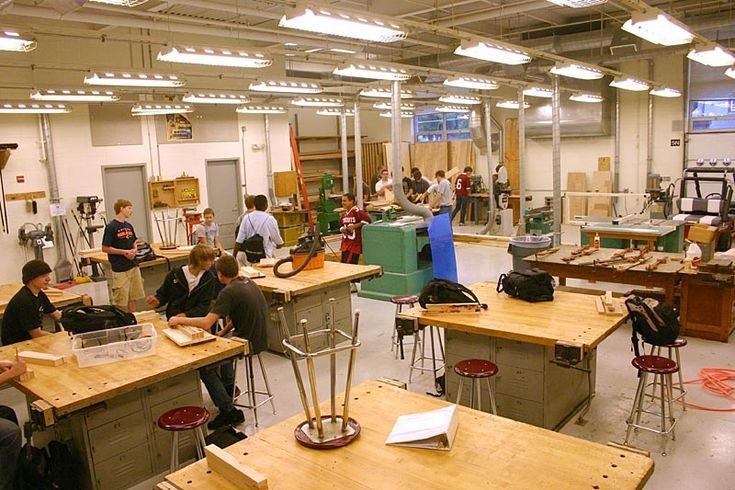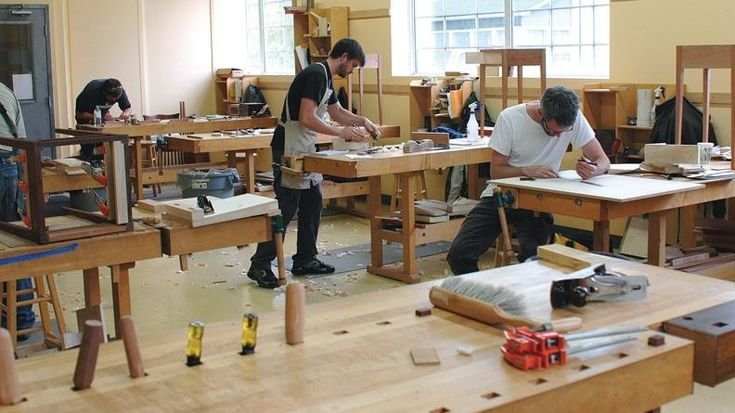The Draw Knife Diaries: A Woodworker’s Tale
So, there I was, sitting on the back porch one sunny Saturday afternoon, with a big ol’ hunk of cherry wood staring me down. It was a good piece—rustic, those deep reddish hues almost glowing in the sunlight—but I had this wild idea rattling around in my head. I wanted to carve out some rustic ladles for the upcoming family reunion. You know, something to stir up memories, like Grandma used to do when she’d whip up her famous chicken soup. Nothing too fancy, just a little piece of home to hand down.
I’ve dabbled in woodworking for about as long as I can remember. My granddad taught me, and he could whip up a cabinet from scratch without breaking a sweat. Me? I’ve had my fair share of hiccups. So, picking the draw knife felt like a bold move. I’d heard plenty about how magical it was, taking off shavings like butter, but let me tell you, it’s a little more complicated than it sounds.
The First Swing
I’ll be honest, the first time I picked up that draw knife—an old one made by a local blacksmith, I think I paid around 50 bucks on a whim—I felt like I was holding fire in my hands. And when I started pulling it through the cherry wood, that sweet smell hit me, you know? The aroma of fresh wood curling in the air, that kind of earthy scent filling the surroundings. It was intoxicating, almost like I could smell the history in the grain itself.
But then… oh boy. The first few swipes left me with more cringe-worthy splinters than smooth cuts. My arms, not used to such raw coaxing, were starting to feel like spaghetti. I channeled my inner granddad, trying to remember the rhythm he’d had, but my technique was a mess, awkward pulls, and I kept twisting it instead of keeping it straight.
Almost Threw In the Towel
By the time I’d made a few passes, I was close to throwing in the towel. The damn knife just wouldn’t cooperate. I’d watched plenty of videos, seen the pros glide effortlessly, so how could I mess it up this bad? And I almost gave up right then and there, thinking maybe this draw knife gig was just too much for me.
But my stubborn streak kicked in, and I took a deep breath. I sat down for a bit, sipping my coffee and trying to figure out where I went wrong. I noticed how I was holding my body, bracing with tension. I thought back to what Gramps used to say: “Relax, kid. The wood will tell you what it needs. You just gotta listen.”
Getting Into the Groove
So, I took a moment. I switched to a different angle, aligning the blade to the grain. The sound changed, too, starting to make that lovely slicing noise rather than a grating one. Suddenly, I felt the wood surrendering to me, giving myself over with these long, beautiful curls, almost like ribbons cascading softly to the ground.
For a few minutes, I lost track of time. It was just me, the draw knife, and that piece of cherry. If I closed my eyes, I could almost imagine the kitchen back in the day with stew bubbling on the stove, the smell of bread fresh from the oven, and Grandma humming some old tune. Yeah, those moments are what woodworking’s all about, right?
A Big Ol’ Mistake
Now, don’t get me wrong, even with the momentum, I wasn’t out of the woods just yet. I thought I had it all figured out, and then I misjudged a curve. I was aiming for a nice, rounded shape at the end of the ladle, but instead of a gentle arc, I ended up with a sharp edge that would’ve made a great weapon for a medieval knight.
I laughed, almost crying at this ugly piece of wood ruined right before my eyes. I took pause and stared at it for a bit, thinking about my own imperfections and how they could parallel life. I learned another lesson that day: sometimes, things don’t go as you picture, no matter how skilled you think you are. I went back to the chopping block—literally—retraced a few cuts, and gently worked the shape again, coaxing the wood into submission.
A Little Triumph
After a good couple of hours, I stepped back, wiping the sweat off my forehead, and gave the ladle a good inspection. I’ll tell ya, it wasn’t perfect, but it felt right. The curves had taken shape, and I could tell it was getting close to what I had envisioned. It was crafted by my hands, filled with my thoughts and perseverance. It brought me back to the conversations I’d had with my granddad about the importance of imperfection, how the scars and nicks tell a story.
When I finally finished, I almost cried, wishing someone was around to see it. I thought about how I’d carve the next one even better, armed with those scars I now wore with pride.
Final Thoughts
So, if you’re thinking of picking up a draw knife or diving into woodworking, just go for it. Don’t worry about making a masterpiece right away. Dive into it, make those mistakes, feel the moment when everything clicks, and perhaps feel a bit nostalgic along the way. It’s all part of the journey. You never know what memories you’ll stir up—or even make—while working a piece of wood. Grab that knife, trust your hands, and let it lead you somewhere. You might just surprise yourself.









